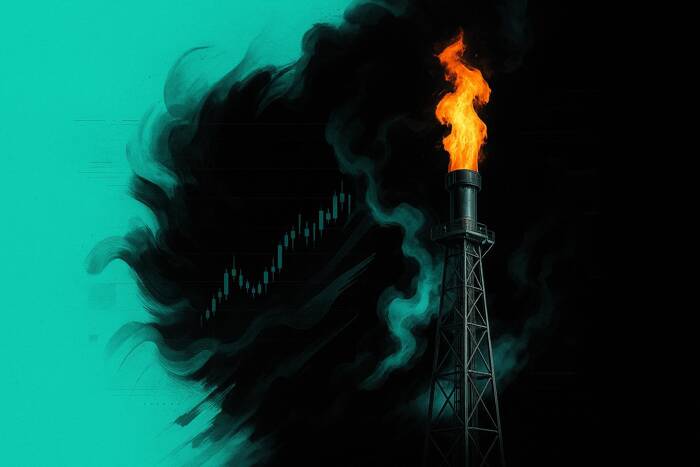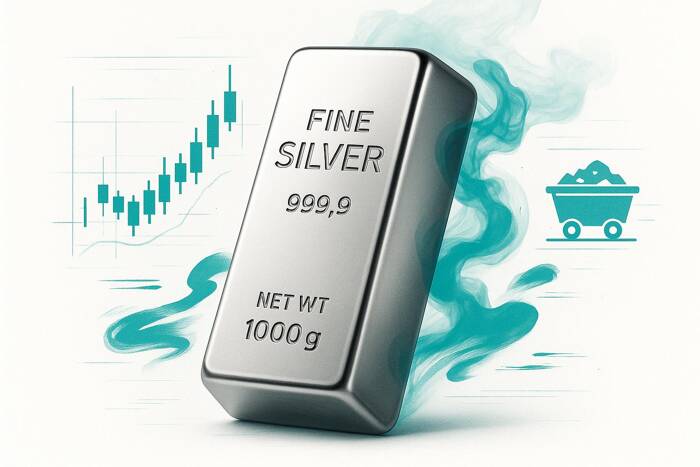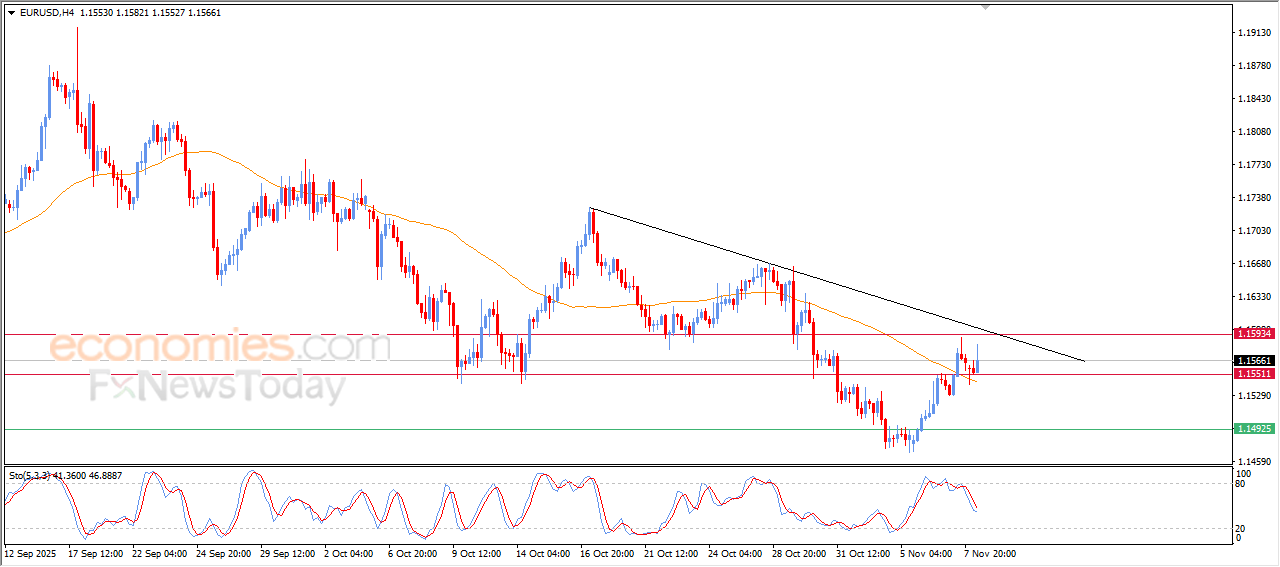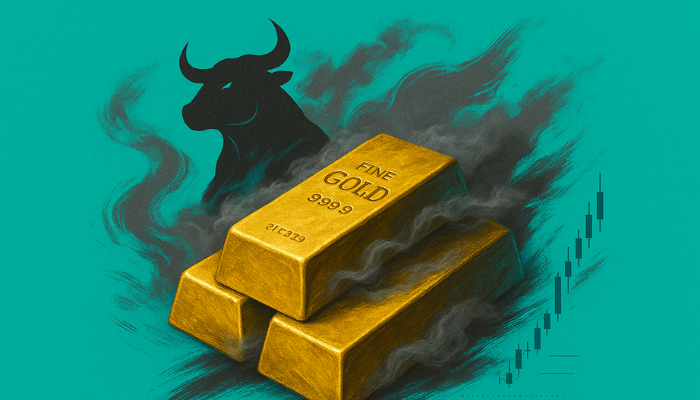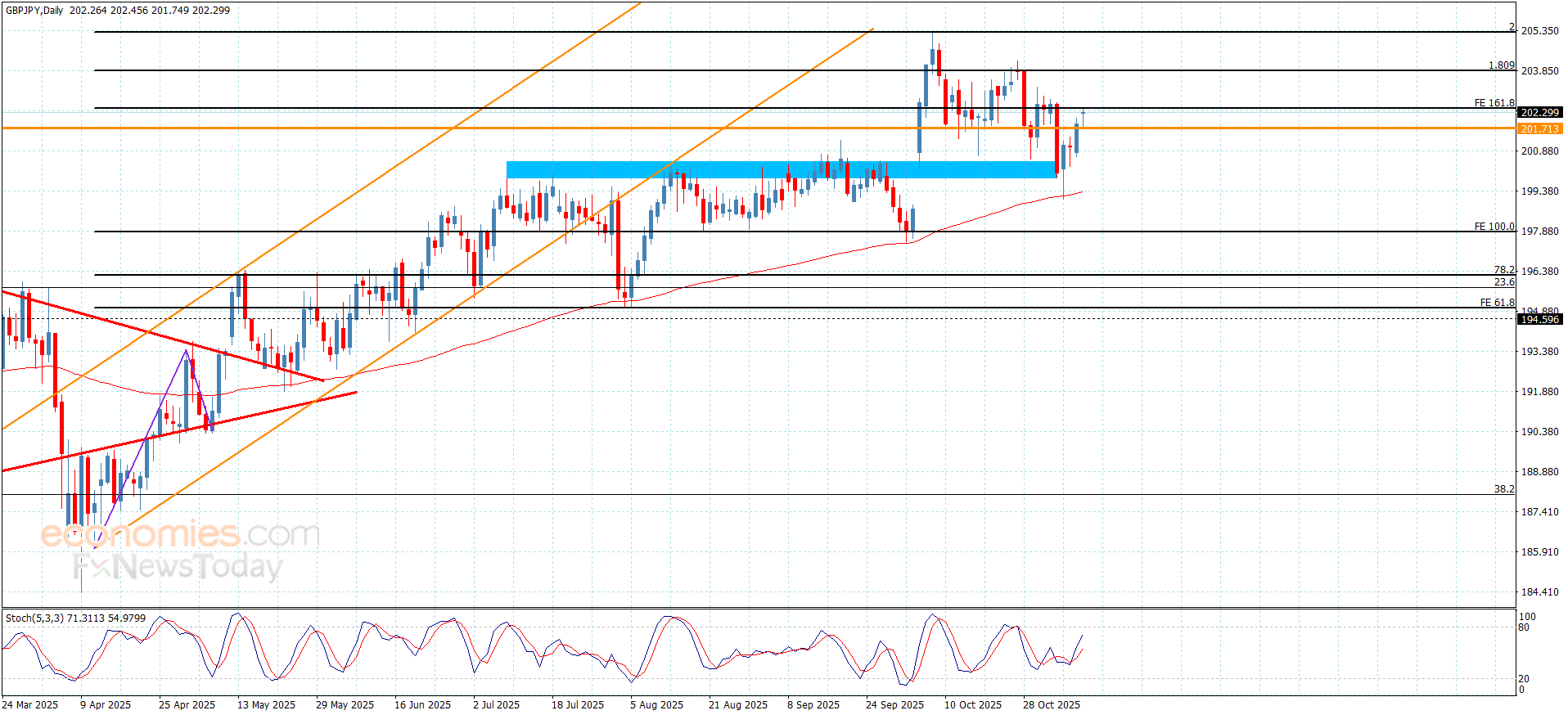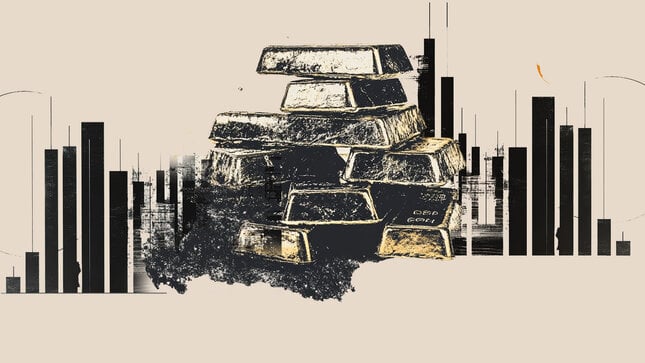The main tag of Gold News Today Articles.
You can use the search box below to find what you need.
[wd_asp id=1]
XAG/USD rises to near $51.00 due to Fed rate cut odds
Silver price (XAG/USD) gains ground for the third consecutive session, trading around $50.90 per troy ounce during the Asian hours on Tuesday. The non-interest-bearing Silver attracts investors amid growing economic uncertainty in the United States (US), which has fueled expectations of a near-term Federal Reserve rate cut.
Fed Governor Stephen Miran told CNBC on Monday that inflation is easing. Miran reaffirmed that staying on course with rate cuts is appropriate, suggesting a 50-basis-point reduction in December, or at least 25 bps. He added that the economy is not at maximum employment and that all data since September support further easing.
Job losses in October, mainly in the government and retail sectors, and a drop in consumer sentiment to a three-and-a-half-year low in early November have reinforced expectations of policy easing. The CME FedWatch Tool shows markets pricing in a 62% chance of a 25 bps rate cut in December.
The upside of the Silver price could be restrained amid growing hopes that the US government shutdown resolution is nearing. The US Senate passed a funding bill in a 60–40 vote, effectively ending the 41-day shutdown, with eight Democrats joining Republicans to advance the measure, which now moves to the House for approval.
US President Donald Trump, on Monday, backed a bipartisan deal to end the US government shutdown, signaling a likely reopening within days. Senate Majority Leader John Thune said he expects Trump to sign the bill once Congress passes it.
Silver FAQs
Silver is a precious metal highly traded among investors. It has been historically used as a store of value and a medium of exchange. Although less popular than Gold, traders may turn to Silver to diversify their investment portfolio, for its intrinsic value or as a potential hedge during high-inflation periods. Investors can buy physical Silver, in coins or in bars, or trade it through vehicles such as Exchange Traded Funds, which track its price on international markets.
Silver prices can move due to a wide range of factors. Geopolitical instability or fears of a deep recession can make Silver price escalate due to its safe-haven status, although to a lesser extent than Gold’s. As a yieldless asset, Silver tends to rise with lower interest rates. Its moves also depend on how the US Dollar (USD) behaves as the asset is priced in dollars (XAG/USD). A strong Dollar tends to keep the price of Silver at bay, whereas a weaker Dollar is likely to propel prices up. Other factors such as investment demand, mining supply – Silver is much more abundant than Gold – and recycling rates can also affect prices.
Silver is widely used in industry, particularly in sectors such as electronics or solar energy, as it has one of the highest electric conductivity of all metals – more than Copper and Gold. A surge in demand can increase prices, while a decline tends to lower them. Dynamics in the US, Chinese and Indian economies can also contribute to price swings: for the US and particularly China, their big industrial sectors use Silver in various processes; in India, consumers’ demand for the precious metal for jewellery also plays a key role in setting prices.
Silver prices tend to follow Gold’s moves. When Gold prices rise, Silver typically follows suit, as their status as safe-haven assets is similar. The Gold/Silver ratio, which shows the number of ounces of Silver needed to equal the value of one ounce of Gold, may help to determine the relative valuation between both metals. Some investors may consider a high ratio as an indicator that Silver is undervalued, or Gold is overvalued. On the contrary, a low ratio might suggest that Gold is undervalued relative to Silver.



